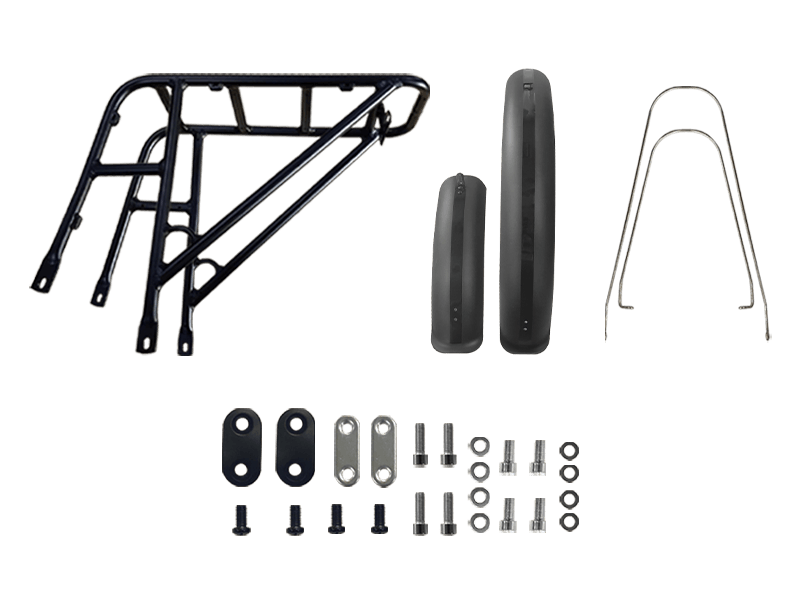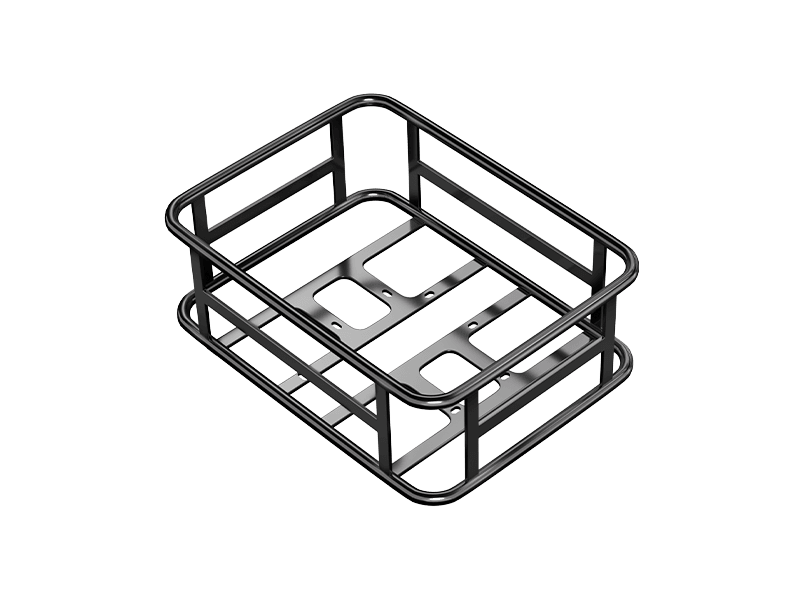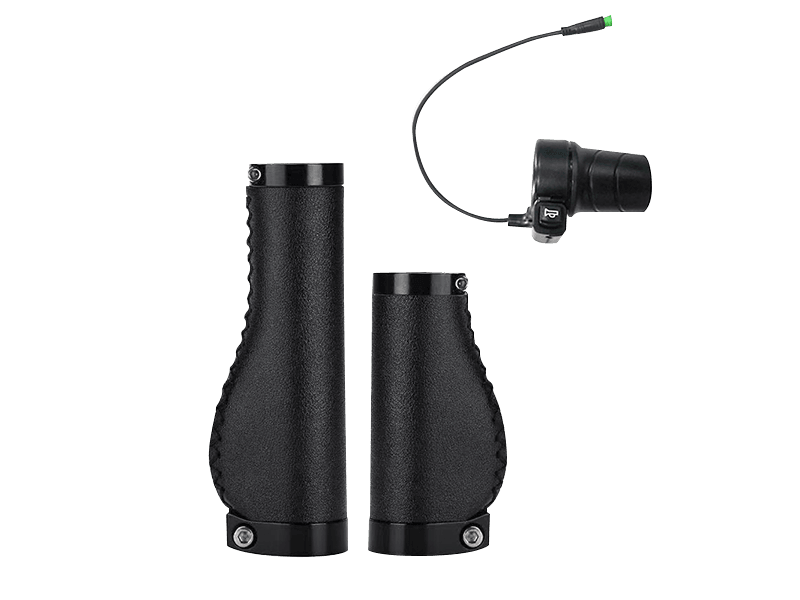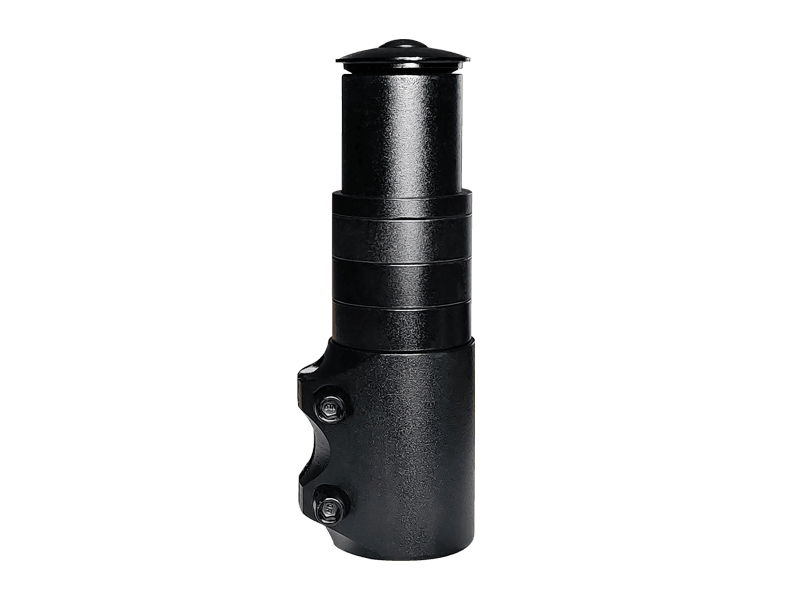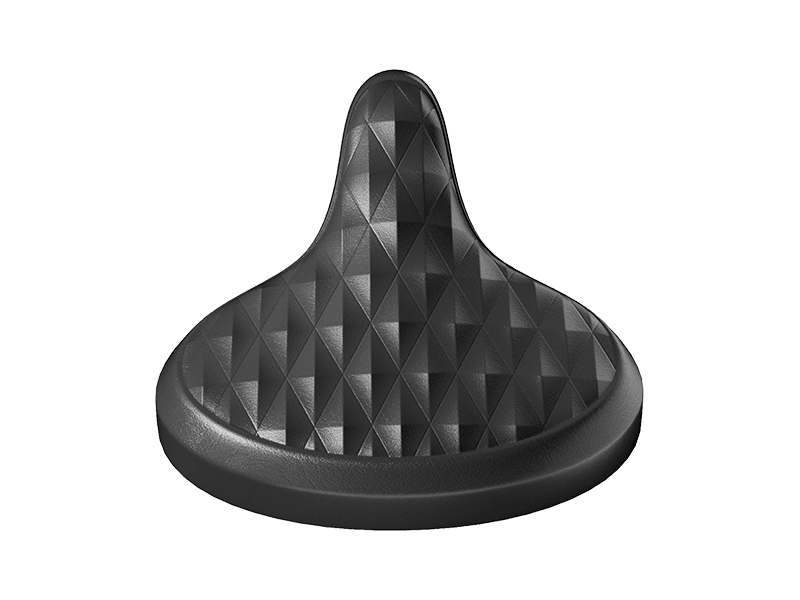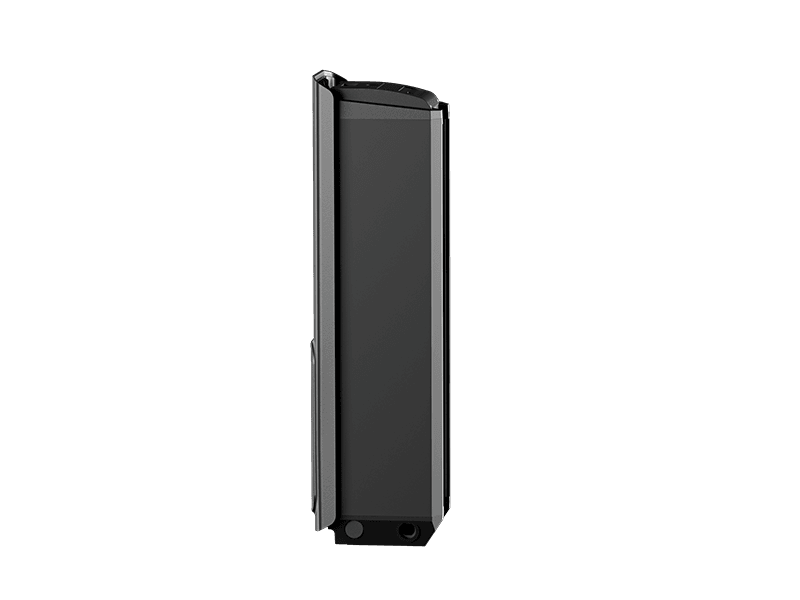How to Measure an E-MTB Frame Size: FREESKY Fit Guide for UK Riders
MAY 09, 2025
Choosing the right e-MTB frame size is crucial for comfort, control and safety – especially on a powerful fat-tyre model. This e-MTB frame size guide for UK riders explains how to measure electric mountain bike frame dimensions (seat tube, reach and standover height) in both centimetres and inches. We’ll also include a FREESKY E-MTB size chart (rider height vs frame size) and sample geometry data from FREESKY’s fat-tyre models (Warrior Pro M-530, Alaska Pro M-520, Ranger M-540) to help you pick the perfect fit. Finally, we highlight why the 26″×4″ fat tyres on these bikes offer superior comfort and traction on varied terrain.
How to Measure an E-MTB Frame
When measuring an e-MTB’s frame, focus on three key dimensions: seat tube length, reach, and standover height. These measurements help match rider height and riding style to the bike’s geometry.
-
Seat Tube Length – This is the length of the frame’s seat tube, usually measured from the centre of the bottom bracket (where the cranks attach) up to the top of the seat tube (or the seat tube-clamp intersection). It roughly corresponds to the “frame size” of many bikes. To measure it, place the zero end of a tape measure at the centre of the bottom bracket and extend it along the seat tube to the top. Seat tube lengths are often given in inches or cm. For example, a 17″ (≈43 cm) seat tube is common on a mid-size frame. The correct seat tube size ensures your legs extend comfortably when pedalling without overextending or cramping.
-
Reach – Reach is the horizontal distance from the bottom bracket centre to the top centre of the head tube (near the handlebar). It reflects how far you have to lean forward to reach the bars. To measure reach, measure horizontally from the centre of the bottom bracket to an imaginary vertical line through the top of the head tube. A longer reach generally suits taller riders or those who prefer a stretched-out position, while a shorter reach fits more upright riders. For example, the FREESKY Warrior Pro M-530 has a reach of about 45 cm (17.7″), while the smaller Ranger M-540 has about 40.6 cm (16″).
-
Standover Height – This is the height of the top tube above the ground, measured at the point where you stand over the bike. To measure, stand the bike upright on level ground and measure from the ground straight up to the point on the top tube just in front of the seat tube. Standover height ensures you have a safe gap between your body (groin area) and the top tube when standing over the bike. For example, the Warrior Pro M-530 has a high standover (about 68.8 cm (27.1″)) to match its taller frame, whereas the smaller Ranger M-540 is about 45.7 cm (18″). Make sure there’s at least 2–3″ (5–8 cm) of clearance between the top tube and your body when standing astride the bike.
Taking these measurements (in cm and inches) helps you compare different e-MTBs. Many manufacturers list these dimensions in their specs, but measuring your own bike or referencing a fit chart is the safest way to ensure a correct fit.
Finding Your Frame Size
Once you know your measurements, use the seat tube length as a general frame size indicator. Riders often base frame size on their height and leg length. For a rough guide:
| Rider Height (ft & in) | Rider Height (cm) | Suggested Seat Tube (in) | Suggested Seat Tube (cm) |
|---|---|---|---|
| 4′10″ – 5′2″ | 148–158 | 13″ – 14″ | 33 – 36 |
| 5′2″ – 5′6″ | 158–168 | 15″ – 16″ | 38 – 42 |
| 5′6″ – 5′10″ | 168–178 | 17″ – 18″ | 43 – 46 |
| 5′10″ – 6′1″ | 178–185 | 19″ – 20″ | 48 – 51 |
| 6′1″ – 6′4″ | 185–193 | 21″ – 22″ | 53 – 56 |
For example, a rider 5′4″ (162 cm) tall would typically fit a frame with roughly a 15″–16″ (38–42 cm) seat tube. Always check the manufacturer’s specific size chart if available, and consider your leg inseam and reach preferences.
FREESKY E-MTB Size Reference
FREESKY’s fat-tyre e-MTBs (Warrior Pro M-530, Alaska Pro M-520, Ranger M-540) share the 26″×4″ tyre platform but have slightly different geometry. Below are reference figures for each model:
-
FREESKY Warrior Pro M-530 (dual-motor, step-over frame): Seat height 88.9–101.6 cm, reach ≈45 cm (17.7″), standover ≈68.8 cm (27.1″).
-
FREESKY Alaska Pro M-520 (dual-battery trail bike): Seat height 80–103.4 cm, reach ≈45.7 cm (18″), standover ≈51.8 cm (20.4″).
-
FREESKY Ranger M-540 (750 W step-thru): Seat height 86.4–99 cm, reach ≈40.6 cm (16″), standover ≈45.7 cm (18″).
These figures come from FREESKY’s official geometry charts. Note the Warrior Pro M-530 is the largest frame, with a higher standover and longer reach, while the Ranger M-540 is more compact. When choosing a model, compare these numbers to your body dimensions: taller riders may prefer the Warrior or Alaska, whereas shorter riders or those who want easy mounting may like the Ranger.
Frame Size Chart by Rider Height
To simplify choosing a frame size, here’s a quick chart of rider height vs. suggested frame (seat tube) size. This is a general guide; individual comfort may vary. The seat tube is given in both inches and centimetres.
| Rider Height (cm / ft) | Suggested Seat Tube (in) | Suggested Seat Tube (cm) |
|---|---|---|
| 147–158 cm (4′10″–5′2″) | 13″ – 14″ | 33 – 36 cm |
| 158–168 cm (5′2″–5′6″) | 15″ – 16″ | 38 – 42 cm |
| 168–178 cm (5′6″–5′10″) | 17″ – 18″ | 43 – 46 cm |
| 178–185 cm (5′10″–6′1″) | 19″ – 20″ | 48 – 51 cm |
| 185–193 cm (6′1″–6′4″) | 21″ – 22″ | 53 – 56 cm |
This table follows standard MTB sizing guides. For example, a 180 cm tall rider would typically choose about a 19″–20″ (48–51 cm) seat tube. If you fall between sizes, consider your riding style: a smaller frame gives a more upright, nimble feel, while a larger frame provides stability for straight-line speed.
Why 26″×4″ Fat Tyres Matter for E-MTBs
All FREESKY models come fitted with 26″×4″ fat tyres, and for good reason. Compared to narrow MTB tyres, fat tyres offer several riding advantages:
-
Superior comfort and cushion: The extra width and volume allow running lower tyre pressures, so fat tyres soak up bumps and vibrations. This is like wearing “thick-soled shoes” on rough trails. Fat tyres have much greater shock-absorption than skinny tyres, reducing impact on rider and bike. You’ll notice a smoother ride on rocky or uneven paths.
-
Outstanding grip and traction: The wide contact patch of a 4″ tyre greatly increases grip, especially on loose or slippery ground. Fat tyres “increase the contact area of the ground”, giving better traction on mud, sand, snow or gravel than a 2″ tyre. Riders can tackle soft terrain (snow-covered trails, sandy beaches or loose gravel) that would stall a normal MTB. FREESKY fat tyres let you “ride freely in snow, woodland, mud and gravel terrain” with confidence. This all-season traction opens up more trails.
-
Enhanced stability: Beyond grip, the extra width improves bike stability. Fat tyres “provide a higher margin of safety” on rough terrain and make balance easier at low speeds. You can corner with confidence, even in wet or loose conditions, because fat tyres “stick really well” and resist slipping. Overall, 26×4 tyres transform a mountain bike into a multi-terrain cruiser, great for UK trails or even winter riding.
In short, fat tyres boost both comfort and terrain capability. They cushion impacts and keep you on your wheels where narrow tyres might wash out. For UK riders wanting a versatile electric trail bike, the 26″×4″ tyre setup of FREESKY e-MTBs is a standout feature. As one cycling expert notes, fat-tyre e-bikes are increasingly popular because their “substantial fat tires” paired with powerful motors let riders traverse “snow and sand” and “explore places [they] previously struggled to reach on a narrow-tire bike”.
Get Fitted and Take a Test Ride
A perfect frame fit makes all the difference in e-MTB comfort and handling. Use the guidance above to measure your bike and match a seat tube size to your height. Then consult FREESKY’s product pages for the Warrior Pro, Alaska Pro and Ranger models to review the detailed specs and dealer options. By measuring properly and considering our fat-tyre advantages, you’ll be ready to enjoy a confident, comfortable ride on your new FREESKY e-MTB.


